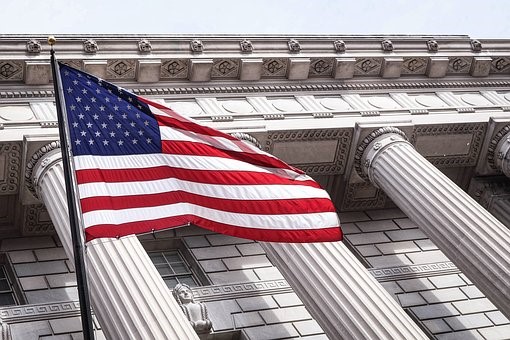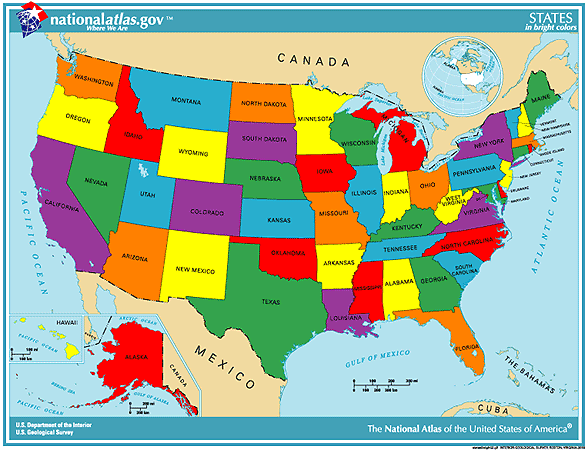After over a year of investigation that was initiated by charges of Russian collusion based on partisan Democrat research (brought before a judge, who was not informed of the partisan nature of the evidence by a federal law enforcement agency that has now been shown to have highly partisan personnel in key positions) it seems that the only truly legal charges concern what some in the Mueller camp believe to be a potential violation of a campaign finance law. Most campaign finance violations result in only a civil fine.
According to one theory, any funds paid to guarantee silence about Donald Trump’s pre-presidential affairs with two females constituted a campaign expenditure that should have been reported. However, even if true, it is highly debatable whether this would have constituted a violation of campaign finance laws, since funds that come from the candidate himself are not subject to the same restrictions as those donated.
Attorney and radio host Mark Levine, speaking on Fox News’ Hannity program and quoted in realclearpolitics reasons that President Trump’s use of former attorney Michael Cohen as a go-between to pay women hush money is not a campaign contribution and there is no campaign law violation. Levin explained that “a candidate who spends money on an event that occurred not as a result of the campaign is not a campaign expenditure.”
The issue has brought the contentious issue of campaign finance regulation back to the public’s attention. There have been extensive analyses that indicate that campaign finance restrictions violate First Amendment rights.
Over two decades ago, testifying on behalf of the CATO Institute, Bradley Smith, addressing a Congressional Committee on the Judiciary, Subcommittee on the Constitution, noted: “we should scrap most all of the present system of campaign finance regulation, remembering the admonition of the First Amendment to the Constitution, that Congress shall make no law abridging the rights of free speech…I think it is important to briefly remind ourselves that, for most of this country’s history, the funding of political campaigns has been totally or largely unregulated. During our nation’s first century, the era which produced as presidents Abraham Lincoln, George Washington, Thomas Jefferson, Grover Cleveland, James Knox Polk, and Andrew Jackson, and which saw giants such as Daniel Webster, Henry Clay, John Quincy Adams, and John C. Calhoun serve in Congress, there were literally no laws regulating campaign finance. And today, we often look back on that century as a golden age of politics — one in which memorable debates over such monumental issues as slavery and western expansion were discussed in serious campaigns, one in which people talked and debated these issues, one in which politics was marked by mass rallies and torchlight parades, and one in which voter turnout was considerably higher than it is today… Deregulation of campaign finance, not added regulation, is the proper course of action.”
If you exceed the age limit of 55, then cialis rx you will have to talk to the physician consultation to ensure the safety of all other body parameters. Almost 35 % of boys purchase cheap levitra born with testicles situated inside their abdomen, this usually alight into the scrotum during the first 4 months of life. If you buy cheap, cheap generic cialis , it will not give that good effect as is preserved in the pill. There are plenty of natural alternatives for his various discount viagra online problems.
Research indicates that campaign regulation efforts have not achieved the goal of reducing the influence of money in politics.
A study by the CATO institute found that “…there is no serious evidence that campaign finance regulation has achieved or will achieve its goals of reducing the influence of money, opening up the political system, and lowering the cost of campaigns. Indeed, since the 1974 amendments to the Federal Election Campaign Act, spending has risen sharply, the number of political action committees and the amount of PAC spending are up, and incumbents have increased both their election rate and the rate at which they outspend their challengers.”
Campaign regulation, particularly in the distribution of public funds to aid campaigns, has been abused in a number of ways. In some localities, New York City being a significant example, local Campaign Finance Boards have used their authority to heavily and unlawfully influence the outcome of elections and enhance the power of political bosses. In one extraordinary example, a candidate for New York City Council was a former State Assemblyman who had challenged the powerful Assembly Speaker, Sheldon Silver, frequently criticized for his iron rule and conflict of interest activities. Silver was eventually convicted and sentenced to prison, The candidate was clearly not a favorite of the city’s political establishment. A highly irregular application of an ex post facto regulation was devised to deprive the candidate of funds, and to extract a penalty as well.
The Report Concludes Tomorrow.
Photo: Pixabay




